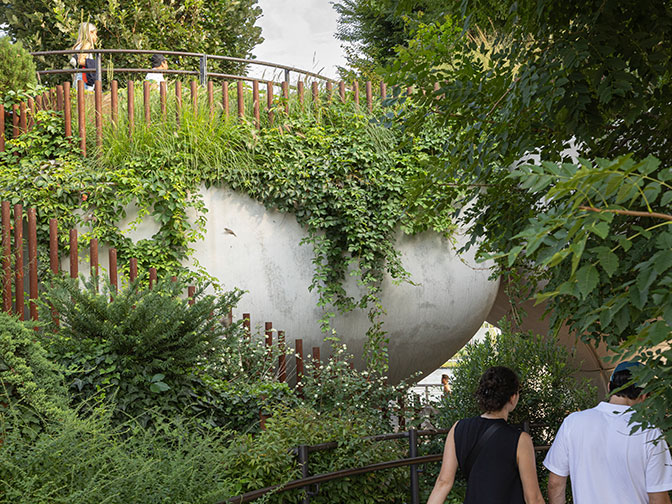Fall
Come get your fall foliage fix with the autumnal browns, rusts, and gold textures on the branches, and the still-blooming sweeps of asters and goldenrods throughout the park. Be on the lookout for straw-colored ornamental grasses that grace the gardens while maples, dogwoods, and honey locust trees boast their vibrant red, yellow and burgundy colors. Though in this time of year, many of the flowers from this past year may have faded, their seed heads, berries, and stems will persist throughout the Fall and into Winter.
Autumn is the season of change, so, you’ll notice a lot of change during Autumn on Little Island, as plants and trees change colors before going dormant—nature’s way of going to sleep until the Spring. During this key phase in the plant life cycle, you’ll be able to appreciate the textures and structure of the perennial plantings.
Seasonal Care:
Little Island’s Director of Horticulture Orrin Sheehan loves fall most of all, with its colorful changes and slowdown of growth. Orrin and his team have many tasks to accomplish this time of year, such as planting bulbs and transplanting species that need more sun, or shade, as the canopy grows in. This is also the time for renovating any areas of the landscape that need a brush up. At the end-of-season, lawn renovation occurs, an essential task for repairing and allowing the lawn to recuperate after a busy season.
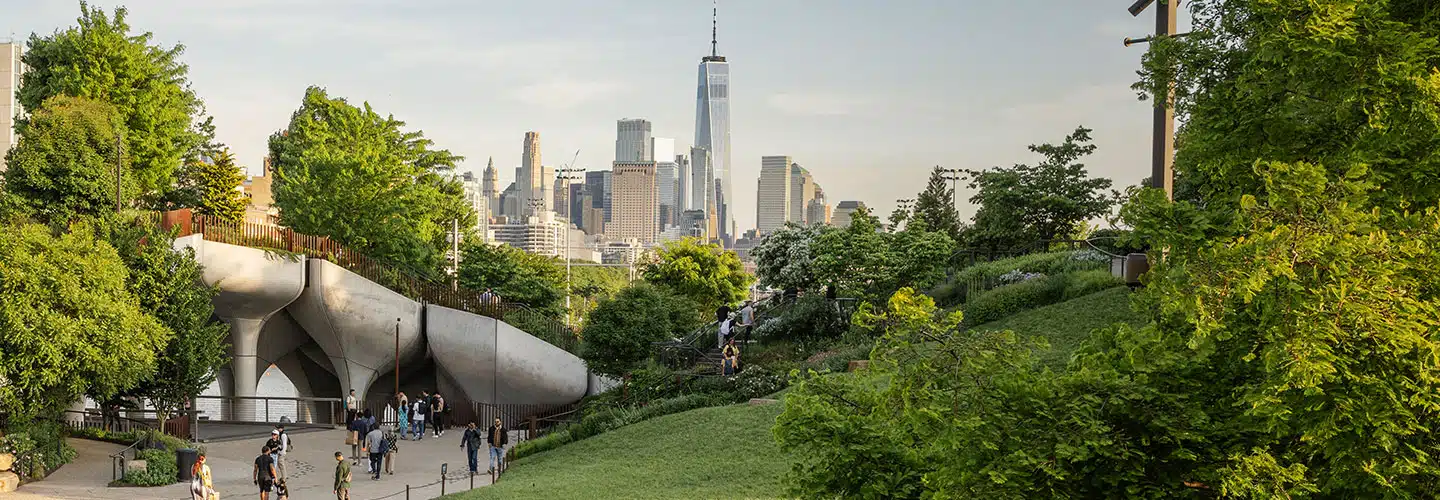
 Juniperus virginiana ‘Canaertii’
Juniperus virginiana ‘Canaertii’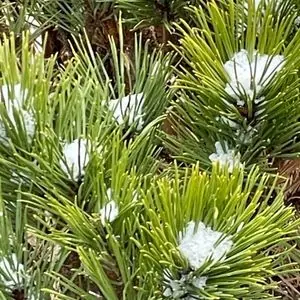 Pinus mugo var. pumilio
Pinus mugo var. pumilio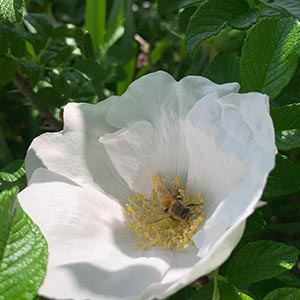 Rosa rugosa ‘Alba’
Rosa rugosa ‘Alba’ Cryptomeria japonica ‘Yoshino’
Cryptomeria japonica ‘Yoshino’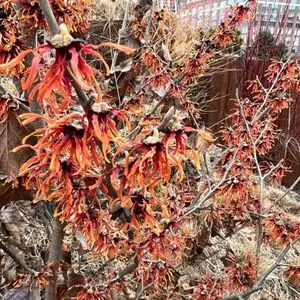 Hamamelis virginiana
Hamamelis virginiana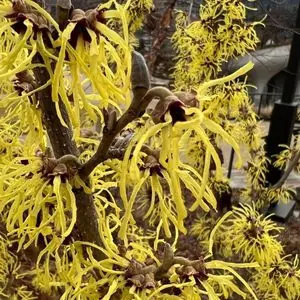 Hamamelis x Intermedia ‘Swallow Hayes’
Hamamelis x Intermedia ‘Swallow Hayes’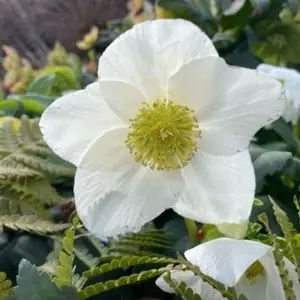 Helleborus niger ‘HGC Josef Lemper’
Helleborus niger ‘HGC Josef Lemper’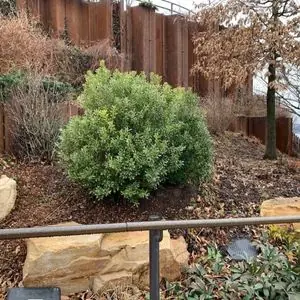 Ilex glabra ‘Shamrock’
Ilex glabra ‘Shamrock’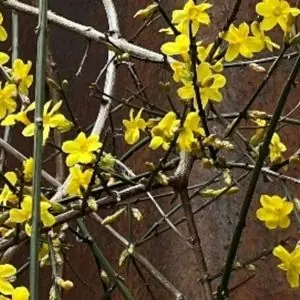 Jasminum nudiflorum
Jasminum nudiflorum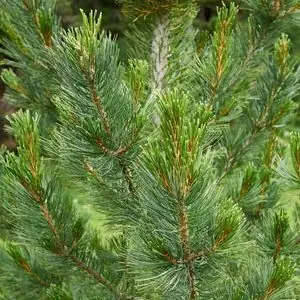 Pinus cembra
Pinus cembra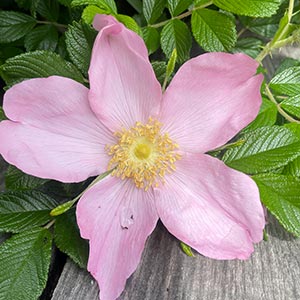 Rosa rugosa ‘Frau Dagmar Hastrop’
Rosa rugosa ‘Frau Dagmar Hastrop’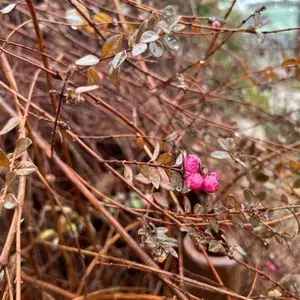 Symphoricarpos x chenaulti ‘Hancock’
Symphoricarpos x chenaulti ‘Hancock’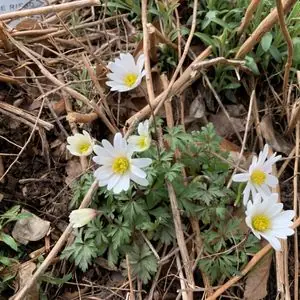 Anemone blanda
Anemone blanda Crocus chrysanthus
Crocus chrysanthus Crocus vernus ‘Jeanne d’Arc’
Crocus vernus ‘Jeanne d’Arc’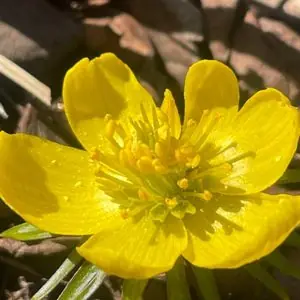 Eranthis cilicica
Eranthis cilicica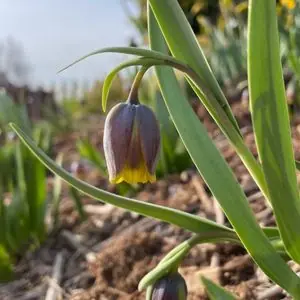 Fritillaria uva-vulpis
Fritillaria uva-vulpis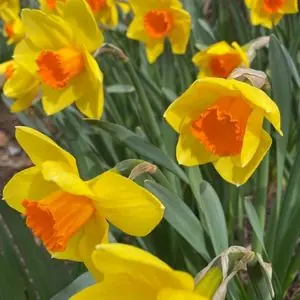 Narcissus ‘Brackenhurst’
Narcissus ‘Brackenhurst’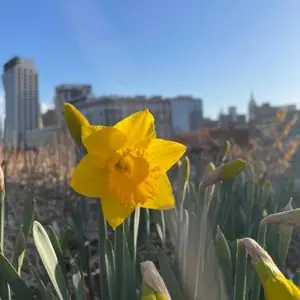 Narcissus ‘Gigantic Star’
Narcissus ‘Gigantic Star’ Scilla forbesii ‘Blue Giant’
Scilla forbesii ‘Blue Giant’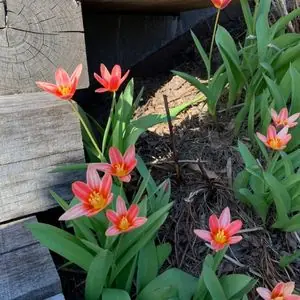 Tulipa kaufmanniana
Tulipa kaufmanniana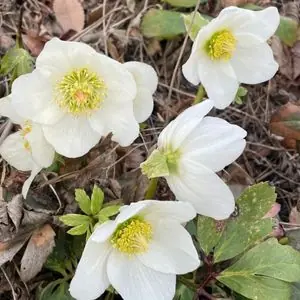 Helleborus ‘HGC Yosef Lemper’
Helleborus ‘HGC Yosef Lemper’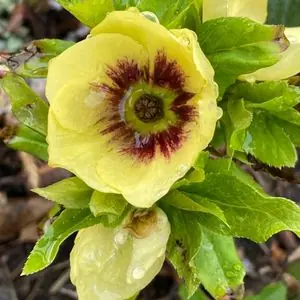 Helleborus x hybridus
Helleborus x hybridus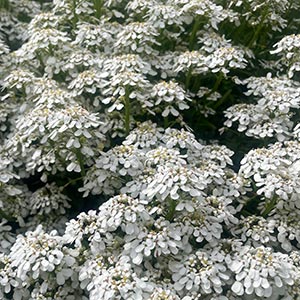 Iberis sempervirens ‘Autumn Beauty’
Iberis sempervirens ‘Autumn Beauty’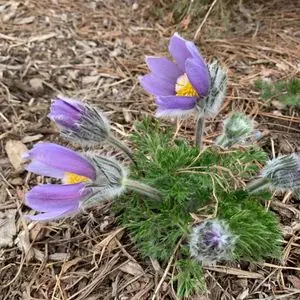 Pulsatilla vulgaris ‘Alba’
Pulsatilla vulgaris ‘Alba’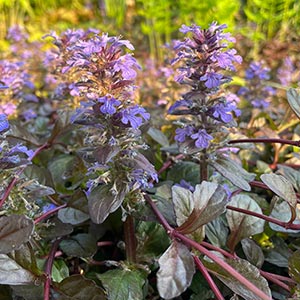 Ajuga reptans ‘Mahogany’
Ajuga reptans ‘Mahogany’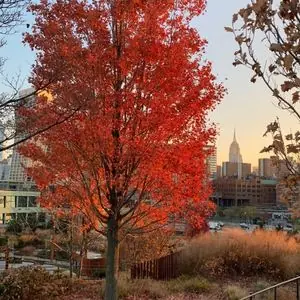 Acer rubrum ‘October Glory’
Acer rubrum ‘October Glory’ Anemone sylvestris
Anemone sylvestris Anemone x hybrida ‘Honorine Jobert’
Anemone x hybrida ‘Honorine Jobert’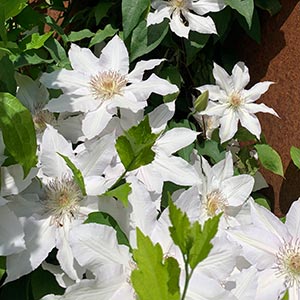 Clematis ‘Hyde Hall’
Clematis ‘Hyde Hall’ Epimedium x rubrum
Epimedium x rubrum Geranium macrorrhizum ‘Spessart’
Geranium macrorrhizum ‘Spessart’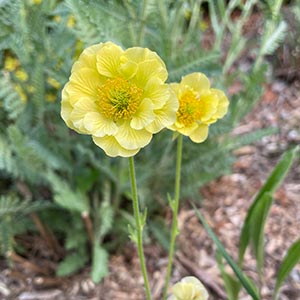 Geum ‘Banana Daquiri’
Geum ‘Banana Daquiri’ Lonicera sempervirens ‘Major Wheeler’
Lonicera sempervirens ‘Major Wheeler’ Lysimachia nummularia ‘Aurea’
Lysimachia nummularia ‘Aurea’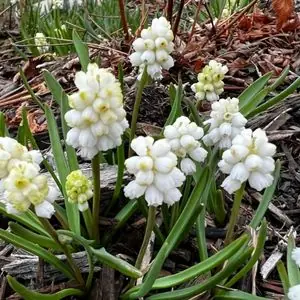 Muscari botryoides ‘Album’
Muscari botryoides ‘Album’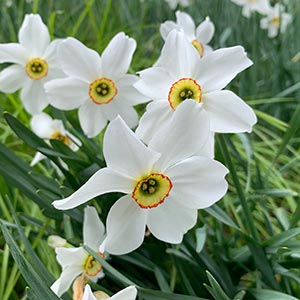 Narcissus ‘Pheasant’s Eye’
Narcissus ‘Pheasant’s Eye’ Narcissus ‘Thalia’
Narcissus ‘Thalia’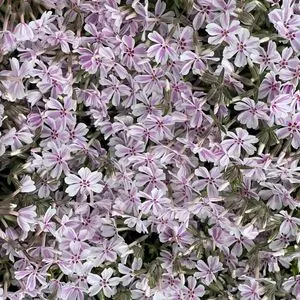 Phlox subulata ‘Candy Stripe’
Phlox subulata ‘Candy Stripe’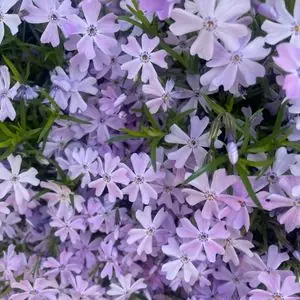 Phlox subulata ‘Emerald Cushion Blue’
Phlox subulata ‘Emerald Cushion Blue’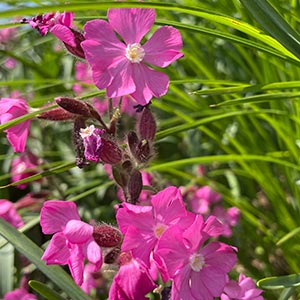 Silene regia ‘Rollie’s Favorite’
Silene regia ‘Rollie’s Favorite’ Tiarella cordifolia var. collina ‘Oakleaf’
Tiarella cordifolia var. collina ‘Oakleaf’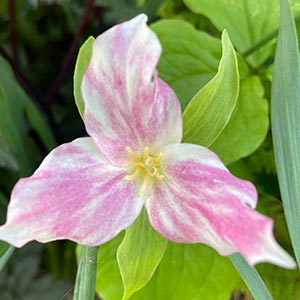 Trillium grandiflorum
Trillium grandiflorum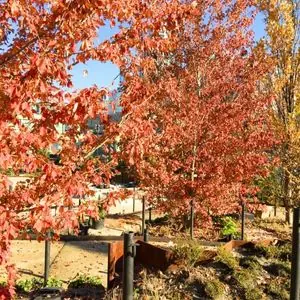 Acer rubrum ‘Red Sunset’
Acer rubrum ‘Red Sunset’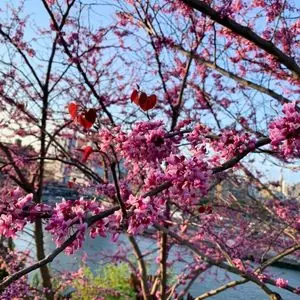 Cercis canadensis ‘Forest Pansy’
Cercis canadensis ‘Forest Pansy’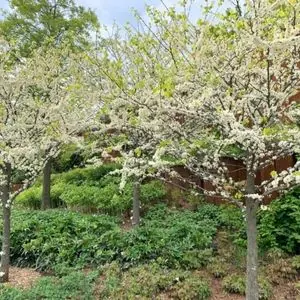 Cercis canadensis ‘Royal White’
Cercis canadensis ‘Royal White’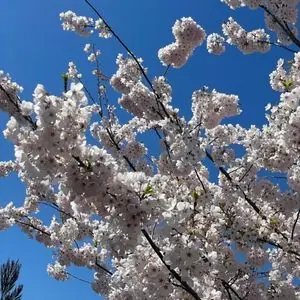 Prunus x yedoensis ‘Akebono’
Prunus x yedoensis ‘Akebono’ Allium aflatunense
Allium aflatunense Allium amplectens ‘Graceful Beauty’
Allium amplectens ‘Graceful Beauty’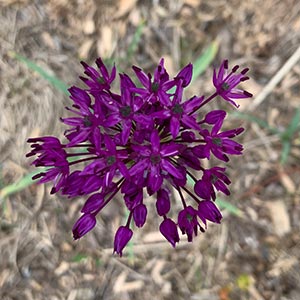 Allium atropurpureum burgundy
Allium atropurpureum burgundy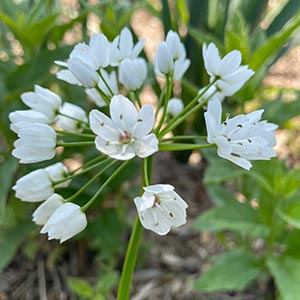 Allium cowanii
Allium cowanii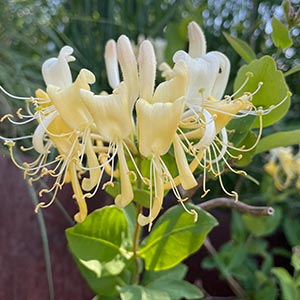 Lonicera periclymenum ‘Scentsation’
Lonicera periclymenum ‘Scentsation’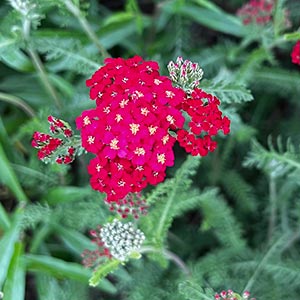 Achillea millefolium ‘Wather Funke’
Achillea millefolium ‘Wather Funke’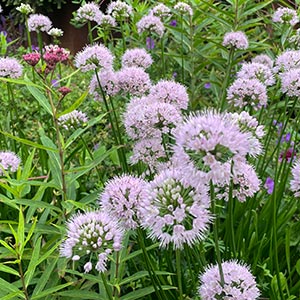 Allium lusitanicum ‘Summer Beauty’
Allium lusitanicum ‘Summer Beauty’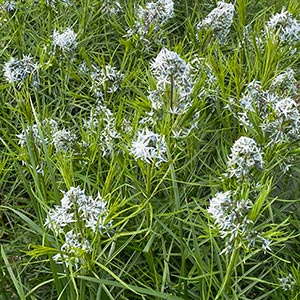 Amsonia hubrichtii
Amsonia hubrichtii Amsonia tabernaemontana ‘Blue Ice’
Amsonia tabernaemontana ‘Blue Ice’ Astilbe x rosea ‘Peach Blossom’
Astilbe x rosea ‘Peach Blossom’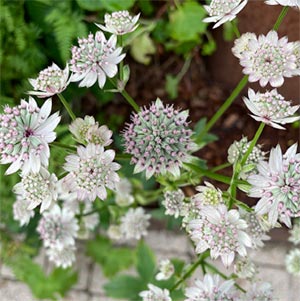 Astrantia ‘Star of Billion’
Astrantia ‘Star of Billion’ Blanc Double de Coubert
Blanc Double de Coubert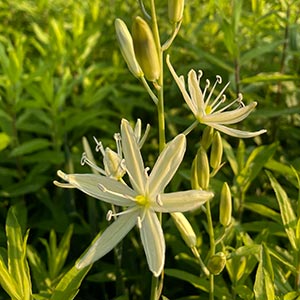 Camassia leichtlinii ‘Alba’
Camassia leichtlinii ‘Alba’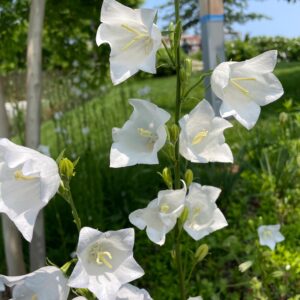 Campanula persicifolia ‘Grandiflora Alba’
Campanula persicifolia ‘Grandiflora Alba’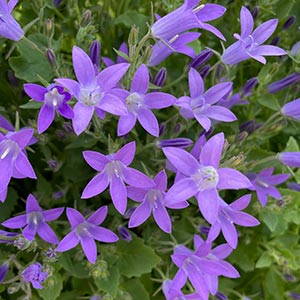 Campanula portenschlagiana ‘Birch Hybrid’
Campanula portenschlagiana ‘Birch Hybrid’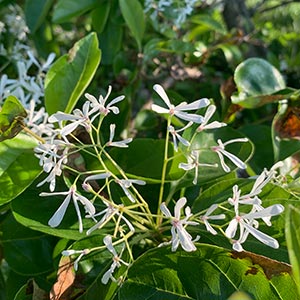 Chionanthus retusus
Chionanthus retusus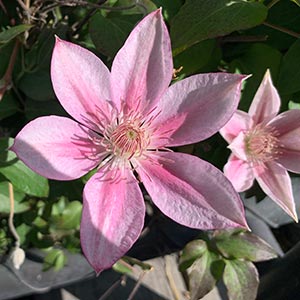 Clematis ‘Corinne Boulevard’
Clematis ‘Corinne Boulevard’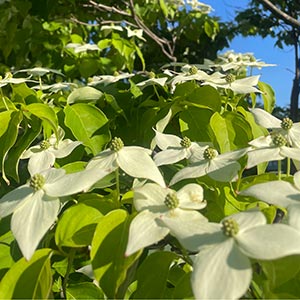 Cornus kousa var. chinensis ‘Milky Way’
Cornus kousa var. chinensis ‘Milky Way’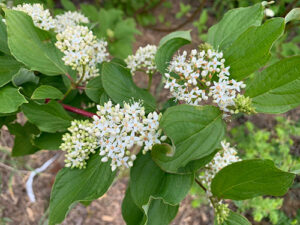 Cornus sericea ‘Baileyi’
Cornus sericea ‘Baileyi’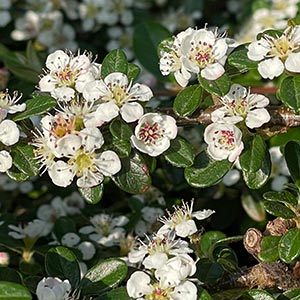 Cotoneaster microphyllus var. thymifolius
Cotoneaster microphyllus var. thymifolius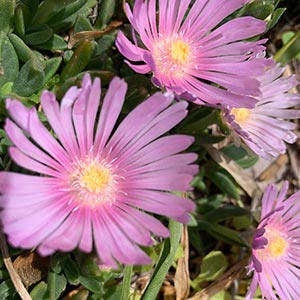 Delosperma cooperi
Delosperma cooperi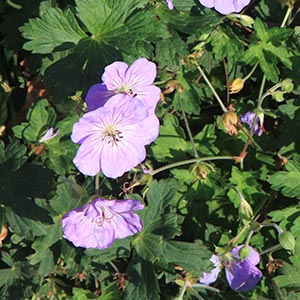 Geranium ‘Azure Rush’
Geranium ‘Azure Rush’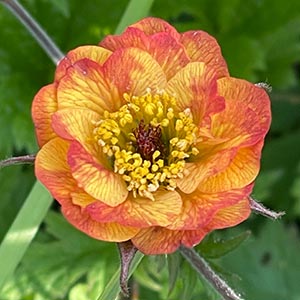 Geum ‘Alabama Slammer’
Geum ‘Alabama Slammer’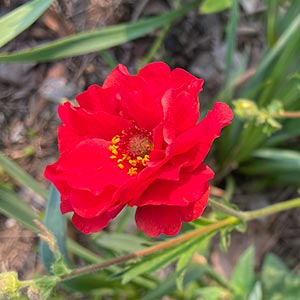 Geum flora plena ‘Blazing Sunset’
Geum flora plena ‘Blazing Sunset’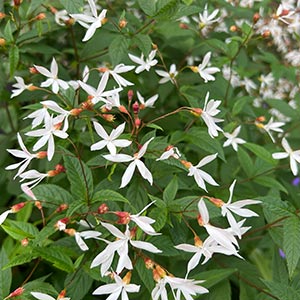 Gillenia trifoliata
Gillenia trifoliata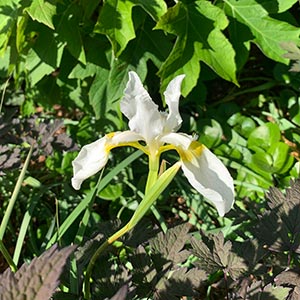 Iris sibirica ‘Snow Queen’
Iris sibirica ‘Snow Queen’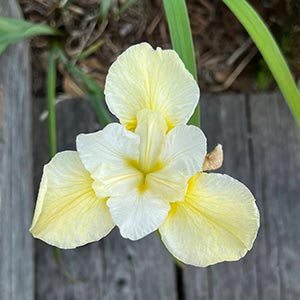 Iris sibirica ‘Butter & Sugar’
Iris sibirica ‘Butter & Sugar’ Iris sibirica ‘Caesar’s Brother’
Iris sibirica ‘Caesar’s Brother’ Lamium maculatum ‘Purple Dragon’
Lamium maculatum ‘Purple Dragon’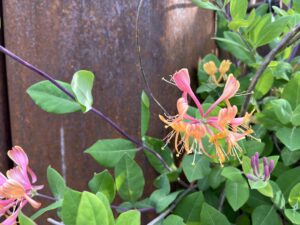 Lonicera x heckrottii ‘Gold Flame’
Lonicera x heckrottii ‘Gold Flame’ Monarda bradburiana
Monarda bradburiana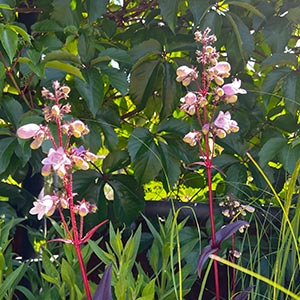 Penstemon ‘Husker’s Red
Penstemon ‘Husker’s Red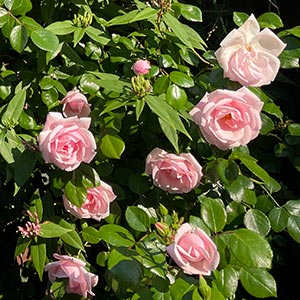 Rosa polyantha ‘The Fairy’
Rosa polyantha ‘The Fairy’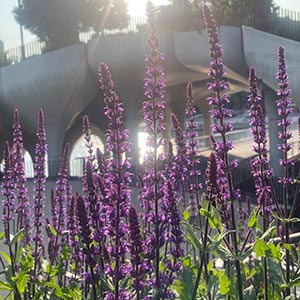 Salvia nemorosa ‘Caradonna’
Salvia nemorosa ‘Caradonna’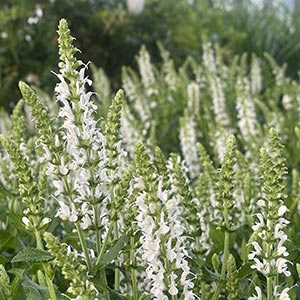 Salvia nemorosa ‘Snow Hill’
Salvia nemorosa ‘Snow Hill’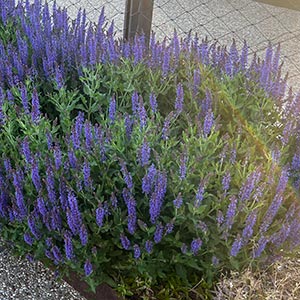 Salvia x sylvestris ‘May Night’
Salvia x sylvestris ‘May Night’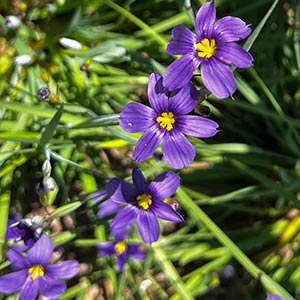 Sisyrinchium angustifolium ‘Lucerne’
Sisyrinchium angustifolium ‘Lucerne’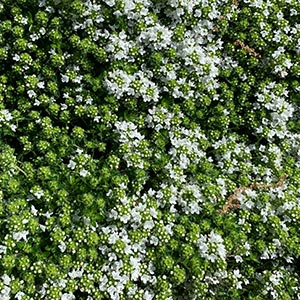 Thymus praecox ‘Albiflorus’
Thymus praecox ‘Albiflorus’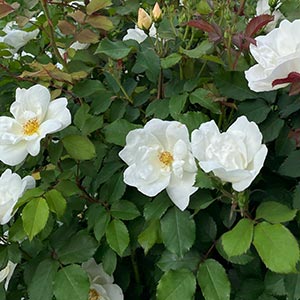 Rosa White Knock Out®
Rosa White Knock Out® Viburnum dentatum Autumn Jazz® ‘Ralph Senior’
Viburnum dentatum Autumn Jazz® ‘Ralph Senior’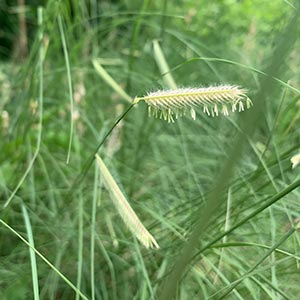 Bouteloua gracilis ‘Blonde Ambition’
Bouteloua gracilis ‘Blonde Ambition’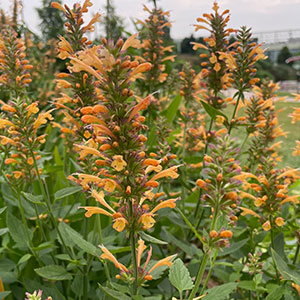 Agastache ‘Kudos Gold’
Agastache ‘Kudos Gold’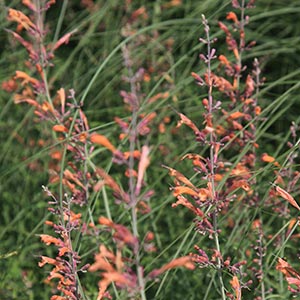 Agastache rupestris ‘Apache Sunset’
Agastache rupestris ‘Apache Sunset’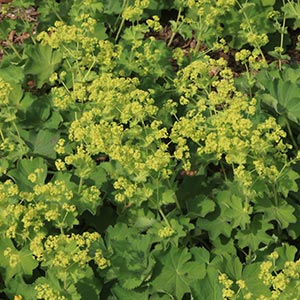 Alchemilla mollis
Alchemilla mollis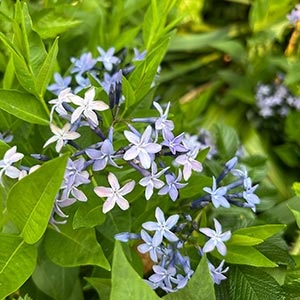 Amsonia tabernaemontana
Amsonia tabernaemontana Asclepias incarnata
Asclepias incarnata Asclepias incarnata ‘Ice Ballet”
Asclepias incarnata ‘Ice Ballet” Asclepias tuberosa
Asclepias tuberosa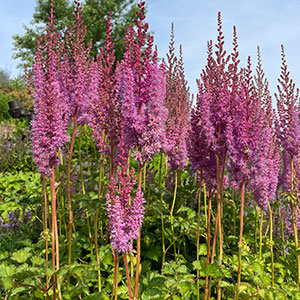 Astilbe chinensis ‘Purple Candles’
Astilbe chinensis ‘Purple Candles’ Coreopsis lanceolata ‘Sterntaler’
Coreopsis lanceolata ‘Sterntaler’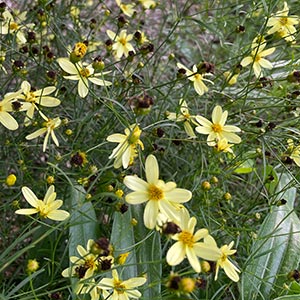 Coreopsis verticillata ‘Moonbeam’
Coreopsis verticillata ‘Moonbeam’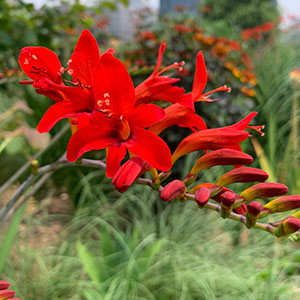 Crocosmia ‘Lucifer’
Crocosmia ‘Lucifer’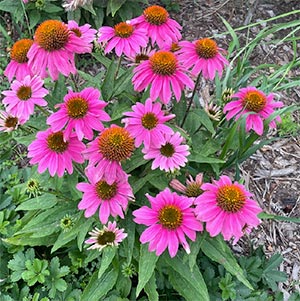 Echinacea ‘Pow Wow Wildberry’
Echinacea ‘Pow Wow Wildberry’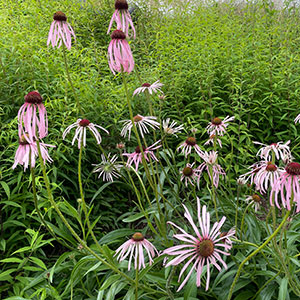 Echinacea pallida
Echinacea pallida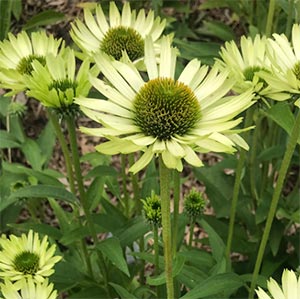 Echinacea purpurea ‘Green Jewel’
Echinacea purpurea ‘Green Jewel’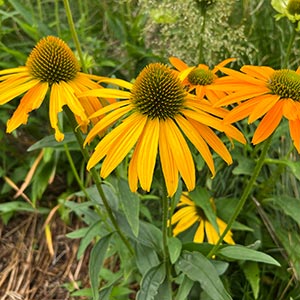 Echinacea purpurea ‘Now Cheesier’
Echinacea purpurea ‘Now Cheesier’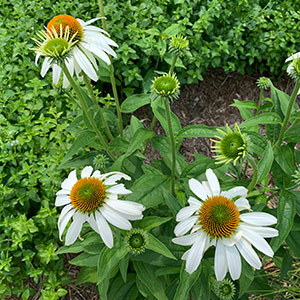 Echinacea purpurea ‘White Swan’
Echinacea purpurea ‘White Swan’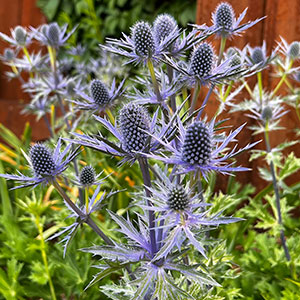 Eryngium x zabelii ‘Big Blue’
Eryngium x zabelii ‘Big Blue’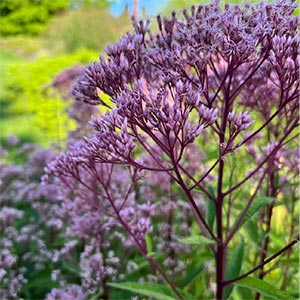 Eutrochium dubium ‘Baby Joe’
Eutrochium dubium ‘Baby Joe’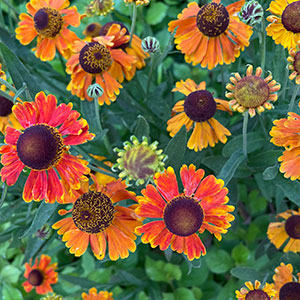 Helenium autumnale ‘Adios’
Helenium autumnale ‘Adios’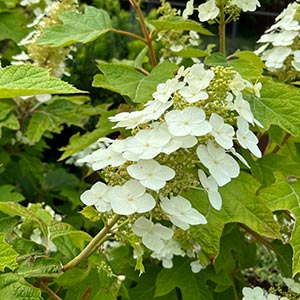 Hydrangea quercifolia ‘Munchkin’
Hydrangea quercifolia ‘Munchkin’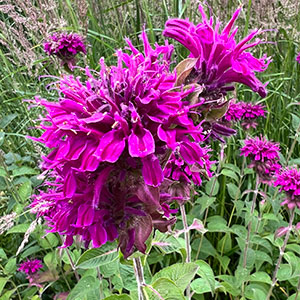 Monarda didyma ‘Purple Rooster’
Monarda didyma ‘Purple Rooster’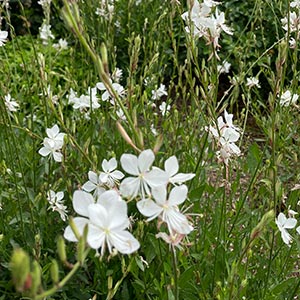 Oenothera lindheimeri ‘Snow Fountain’
Oenothera lindheimeri ‘Snow Fountain’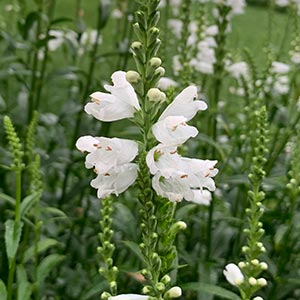 Physostegia virginiana ‘Miss Manners’
Physostegia virginiana ‘Miss Manners’ Rodgersia pinnata ‘Superba’
Rodgersia pinnata ‘Superba’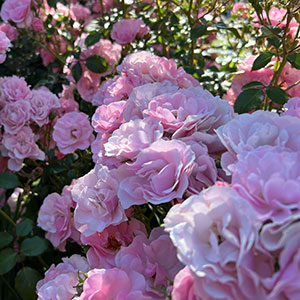 Rosa Bonica® ‘Meidomonac’
Rosa Bonica® ‘Meidomonac’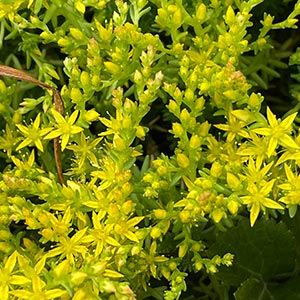 Sedum rupestre ‘Angelina’
Sedum rupestre ‘Angelina’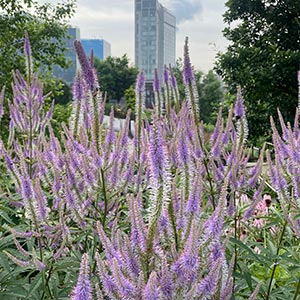 Veronicastrum virginicum ‘Fascination’
Veronicastrum virginicum ‘Fascination’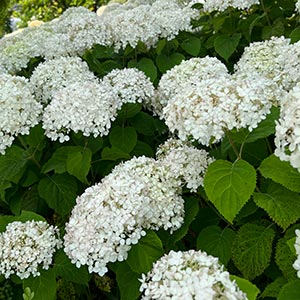 Hydrangea arborescens Wee White®
Hydrangea arborescens Wee White®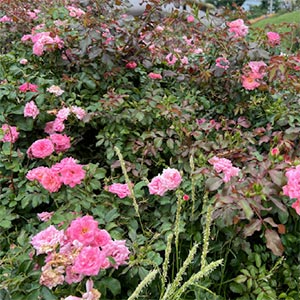 Rosa Sweet Drift®
Rosa Sweet Drift®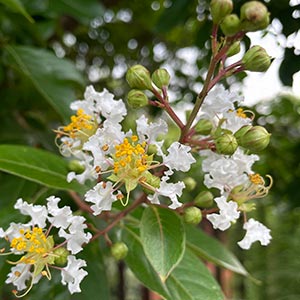 Lagerstroemia indica ‘Natchez’
Lagerstroemia indica ‘Natchez’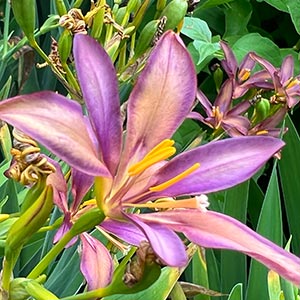 x Pardancanda norrisii ‘Dazzler
x Pardancanda norrisii ‘Dazzler Buddleja x ‘Pugster Pink’
Buddleja x ‘Pugster Pink’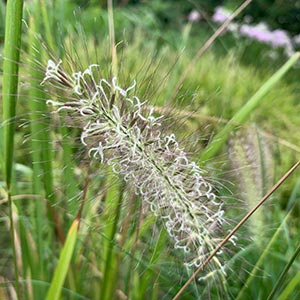 Pennisetum orientale ‘Karley Rose’
Pennisetum orientale ‘Karley Rose’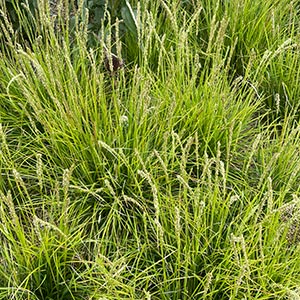 Sesleria autumnalis
Sesleria autumnalis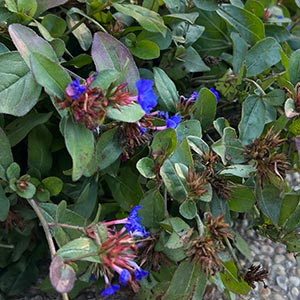 Ceratostigma plumbaginoides
Ceratostigma plumbaginoides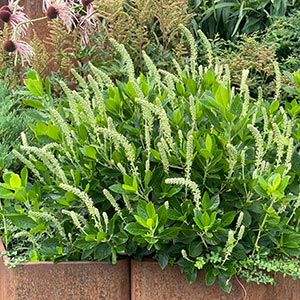 Clethra alnifolia ‘Sixteen Candles’
Clethra alnifolia ‘Sixteen Candles’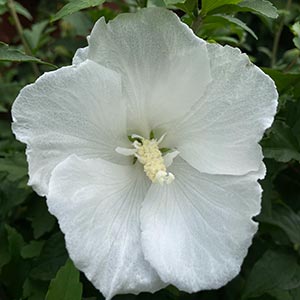 Hibiscus syriacus White Pillar®
Hibiscus syriacus White Pillar®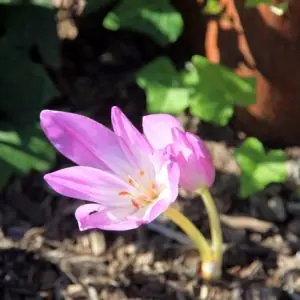 Colchicum giganteum
Colchicum giganteum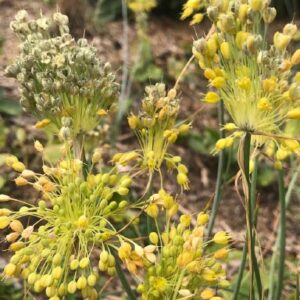 Allium favum
Allium favum Anemone hupehensis var. japonica ‘Pamina’
Anemone hupehensis var. japonica ‘Pamina’ Anemone tomentosa ‘Lucky Charm’
Anemone tomentosa ‘Lucky Charm’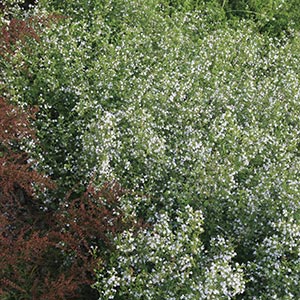 Calamintha nepeta ssp. nepeta
Calamintha nepeta ssp. nepeta Lobelia siphilitica
Lobelia siphilitica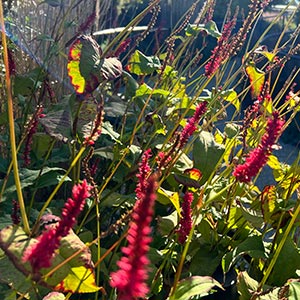 Persicaria amplexicaulis ‘Firetail’
Persicaria amplexicaulis ‘Firetail’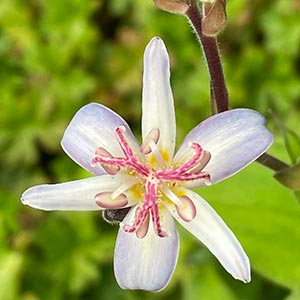 Tricyrtis hirta ‘Tojen’
Tricyrtis hirta ‘Tojen’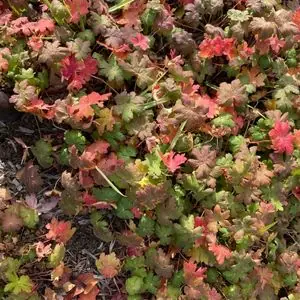 Geranium macchorrizum ‘Alba’
Geranium macchorrizum ‘Alba’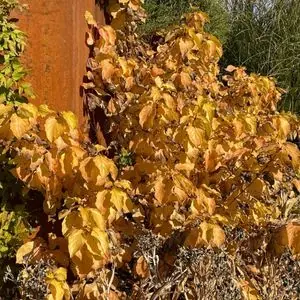 Cornus racemosa ‘Arctic Sun’
Cornus racemosa ‘Arctic Sun’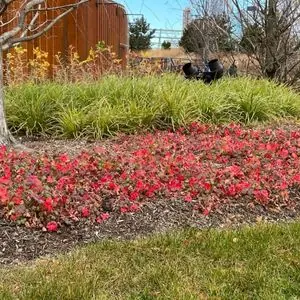 Geranium x cantabrigiense ‘Biokovo’
Geranium x cantabrigiense ‘Biokovo’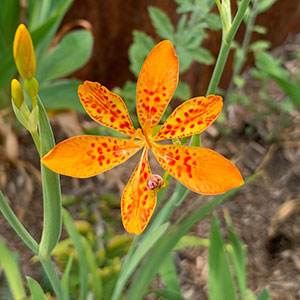 Iris domestica
Iris domestica Platycodon grandiflorus ‘Astra Double Pink’
Platycodon grandiflorus ‘Astra Double Pink’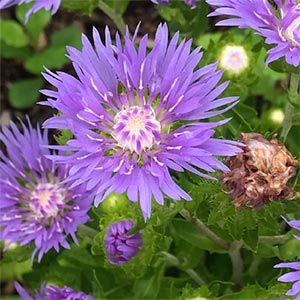 Stokesia laevis ‘Peachie’s Pick’
Stokesia laevis ‘Peachie’s Pick’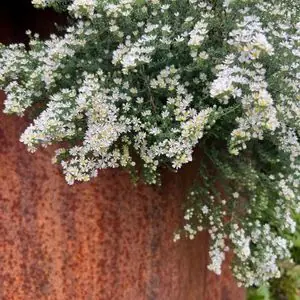 Symphyotrichum ericoides ‘Snow Flurry’
Symphyotrichum ericoides ‘Snow Flurry’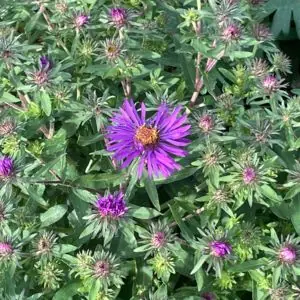 Symphyotrichum novae-angliae ‘Purple Dome’
Symphyotrichum novae-angliae ‘Purple Dome’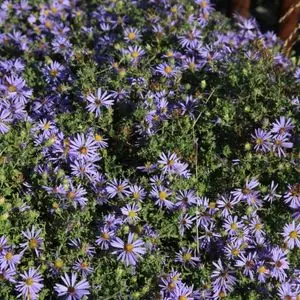 Symphyotrichum oblongifolium ‘October Skies’
Symphyotrichum oblongifolium ‘October Skies’ Symphyotrichum oblongifolium ‘Raydon’s Favorite’
Symphyotrichum oblongifolium ‘Raydon’s Favorite’ Tricyrtis hirta ‘Miyazaki’
Tricyrtis hirta ‘Miyazaki’ Cotoneaster apiculatus ‘Tom Thumb’
Cotoneaster apiculatus ‘Tom Thumb’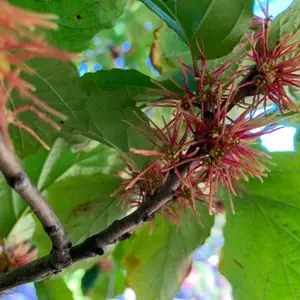 Hamamelis virginiana ‘Mohonk Red’
Hamamelis virginiana ‘Mohonk Red’ Rhus typhina
Rhus typhina Colchicum Autumnale ‘Alboplenum’
Colchicum Autumnale ‘Alboplenum’


